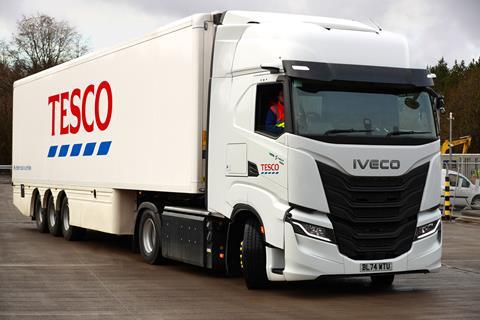
Tesco has added 42 new trucks to its fleet to help it reach its goal to be carbon neutral across its own operations by 2035.
Powered by biomethane produced from animal and food waste, the trucks will save up to 6,473 tonnes of CO2e each year, cutting emissions by as much as 83% compared to similar diesel trucks.
Based in Scotland, the natural gas fleet will deliver food and goods to more than 250 stores across Scotland, Cumbria and Northumbria, travelling more than 200,000 km per year.
Cabinet secretary for transport Fiona Hyslop MSP said it was ”encouraging to see a major retailer such as Tesco investing in low-carbon transport solutions that will help Scotland make progress towards our net zero goals”.
She added: “We know we need to reduce transport emissions and we know the decarbonisation of HGVs requires real innovation and a truly collaborative approach.”
The new Iveco S-Way trucks include a number of improvements, with more fuel-efficient engines than older models, aerodynamic side mirrors, and a ‘silent mode’ for quieter nighttime deliveries. The technology has been adopted as an interim solution, while battery electric truck technology and vehicle charging infrastructure matures.
Having launched the UK’s first fully electric articulated large goods vehicles (LGVs) in 2021, Tesco then became the first retailer to introduce a zero-emission electric lorry for deliveries across 400 stores in Greater London, served by the Dagenham distribution centre. Tesco now has four electric lorries in its fleet, each expected to replace approximately 30,000 diesel-fuelled road miles annually.
Tesco fleet engineering manager Cliff Smith said the grocer was ”excited” to introduce the low-carbon trucks to its fleet.
”These vehicles represent a significant step towards our goal of reducing emissions and achieving carbon neutrality in our operations by 2035,” he added.
“By investing in biomethane technology… we are committed to driving positive change and pioneering sustainable practices in the retail sector.”

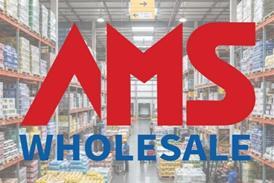
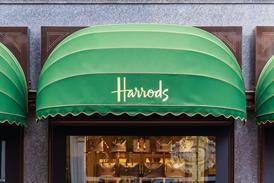




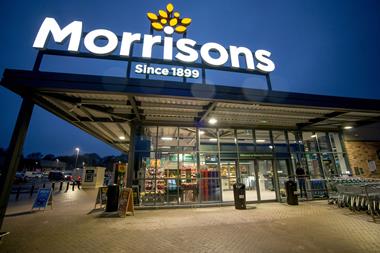
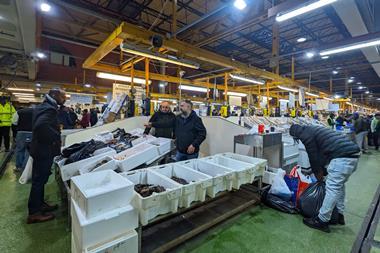


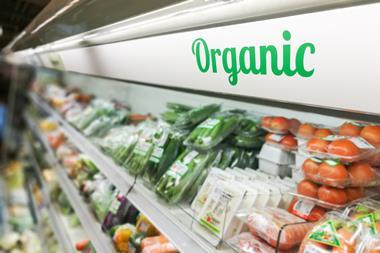

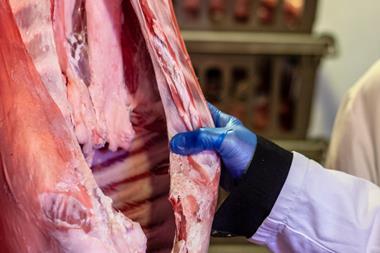





No comments yet